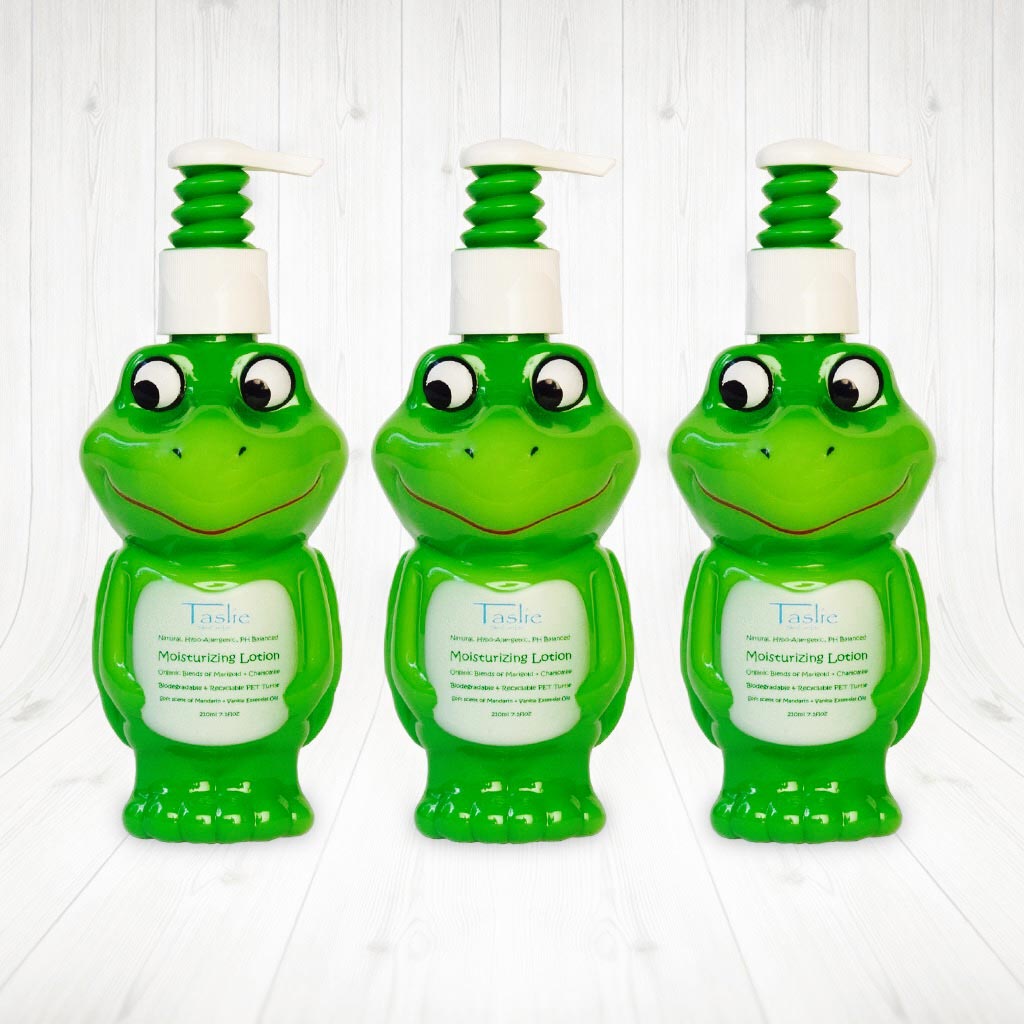Did you know your skin is your largest organ? Because of this it is often the first part of the body where signs of nutritional deficiencies are evident. Although our first instinct is to lather more moisturizers, lotions and potions, we need to take a look at our food consumption and remember that healthy skin mirrors a healthy body.
Healthy fats, in particular omega-3s, EPA and DHA found in cold-water fatty fish are especially necessary for building the healthy function of skin cell membranes. A deficiency in omega-3s can lead to common skin disorders including dry skin, eczema, sunburn, acne and psoriasis. Omega-3s are critical for reducing the inflammatory components in the skin and therefore are an invaluable treatement for eczema, dandruff and sun-sensitive skin. Clinical studies have evaluated the effectiveness of using fish oils to treat chronic skin inflammatory diseases and have found significant improvement and a lowered need for anti-inflammatory drugs, topical steroid creams and ointments.
Say goodbye to sunburn
You would be hard-pressed to find someone who has not had a sunburn at some time in their life, but some people are particularly susceptible to the sun’s UVA and UVB rays. UVB are the shorter of the skin damaging ray’s, penetrate deeply and quickly burn the mid-layers of your skin. UVA rays are longer, do not penetrate as deeply, but still cause damage. Once a sunburn occrus the changes to the skin includes damage to the water-loss barrier of the skin, redness, inflammation, tenderness and swelling.
Although the skin always requires healthy fats, they are particularly important in times of distress and damage such as sunburns. Omega-3s are potent anti-inflammatory agents and can quell the inflammatory effects caused by UV light, and in fact can help restore the damaged water loss barrier. If sunburn occurs, increase omega-3 consumption to 3,000 mg per day EPA/DHA for adults and 1,000 mg EPA/DHA for children under 12.

Kids skin need healthy fats too
Omega-3s are essential nutrients required during pregnancy, infancy and beyond. They are involved with building the brain, nervous system and retina of the eye. In addition, they are one of the key nutrients in preventing childhood asthma, allergies, and eczema. There has been an increase in the number of children with allergies and skin conditions such as cradle cap and eczema. Numerous factors come into play, however a deficiency of omega-3s in breastmilk and from a toddler’s diet, can lead to these conditions. Children under the age of 12 require about 500 mg of EPA/DHA per day.
Food Sources of Omega-3s
Because omega-3s are essential nutrients, the body needs them but does not make them. This is why consuming in the diet is critical. In order to make sure you eat healthy fats each day, a little bit of planning is required. The best sources of EPA/DHA are fatty cold-water fish such as salmon, halibut, anchovies, mackerel and sardine.
Plant-based sources of omega-3s are also beneficial and should be included in the diet each day. Chia, hemp, flax, avocados, walnuts, almonds, pumpkin seeds and coconut are beautiful fats that will help to nourish the body from the inside out.
In addition, supplementing with an omega-3 fish oil is advantageous. I created Sea-licious Omega-3 oils to be the most delicious, high quality, and potent delivery form of omega-3. We need about 1,500 mg of EPA/DHA per day which can be found in 1 tsp of oil. Children under 12 require ½ tsp per day. Sea-licious can be added to smoothies, yogurt, or frozen treats as a delicious way to boost omega-3 intake—your kids will never know!
Have you had your omega-3s today?
Karlene Karst, is a registered dietitian, holistic nutritionist, author and founder of Sea-licious omega-3s. She is a passionate and enthusiastic individual who is a frequent guest speaker at educational events, tv and radio programs across North America. Karlene is a regular nutrition contributor on CTV Morning Live, Global TV and BT in Vancouver. Karlene and her family reside in beautiful Port Moody, BC. http://sealicious.ca


 Taslie Skin Care Ltd. takes great care to create products that are gentle on even the most delicate skin. Children’s developing organs are more vulnerable to damage from chemical exposure. All of our products are biodegradable and specially formulated to cleanse and moisturize with natural and organic ingredients.
Taslie Skin Care Ltd. takes great care to create products that are gentle on even the most delicate skin. Children’s developing organs are more vulnerable to damage from chemical exposure. All of our products are biodegradable and specially formulated to cleanse and moisturize with natural and organic ingredients. Our bottles use PET recyclable plastics which we will be combining with ECOSPACK produced by Adairo Distribution, Inc. This is the first step towards a cleaner environment.
Our bottles use PET recyclable plastics which we will be combining with ECOSPACK produced by Adairo Distribution, Inc. This is the first step towards a cleaner environment.  Our Turtle bottle helps young children understand conscious consumption with a portion of sales donated to conserve endangered sea turtles.
Our Turtle bottle helps young children understand conscious consumption with a portion of sales donated to conserve endangered sea turtles.